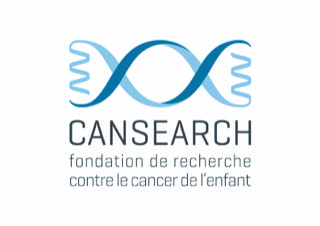a) Global Study BuPGPK
Personalization of Myeloablative Conditioning Regimens with Busulfan Prior to Hematopoietic Stem Cell Transplantation in Children
Introduction:
Busulfan (Bu) is a chemotherapy drug that, in combination with other anticancer medications, is administered prior to hematopoietic stem cell transplantation (HSCT) in children. Bu is part of what is known as the myeloablative conditioning regimen, meaning the treatment administered to the patient in preparation for transplantation, which aims to destroy the diseased marrow. This is then replaced by healthy marrow during HSCT. Bu has a narrow therapeutic window, meaning the difference between its effective and toxic doses is small. Therefore, therapeutic drug monitoring of Bu is necessary after administration to adjust its concentration to achieve optimal therapeutic response, i.e., to avoid disease relapse or graft rejection at too low concentrations or toxic effects at too high concentrations.
It is assumed that differences in a patient’s inherited genetic profiles at the level of proteins (also called enzymes) involved in drug metabolism and DNA repair proteins are among the factors that could affect Bu’s efficacy. Indeed, proteins involved in the absorption, distribution, metabolism, and excretion of Bu play a significant role in determining its pharmacokinetics. A simple functional modification of any of these proteins can thus lead to the observed interindividual variability in plasma Bu levels. In order to identify new candidate genes related to Bu toxicity, genomics and transcriptomics, previously applied in in vitro and clinical research, could be applied to Bu pharmacogenomics. Additionally, in silico analysis of gene expression of proteins involved in specific functional signaling pathways induced by Bu could also identify target genes. Furthermore, functional genetic variants of these identified genes could serve as markers to predict personalized response to Bu to achieve therapeutic benefit.
Methods and Results:
This study involves the collection of clinical, pharmacokinetic, and genetic information from children who have undergone stem cell transplantation following a conditioning regimen including Bu. It aims to identify new candidate genes through transcriptomic analysis, whole exome/genome sequencing, and in vitro analyses to more precisely study the functionality of variants of these new candidate genes.
Transcriptome and Bu cytotoxicity analyses are currently underway to identify new candidate genes. A similar multi-omics approach is also being used to evaluate the cytotoxicity of other chemotherapies, such as treosulfan, used within the BuPGPK study.
